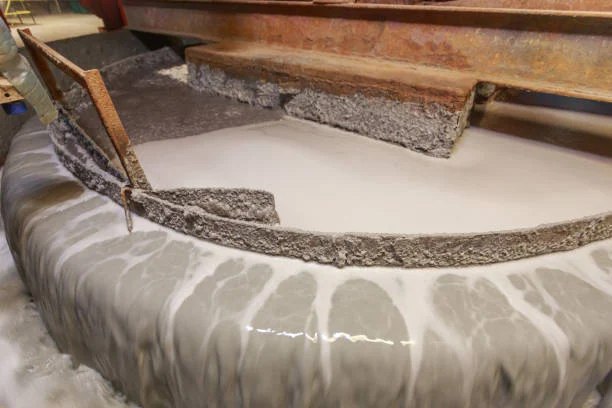
Introduction
Cyanidation is a widely used method for extracting gold and silver from ores in the mining industry. However, the presence of copper in the ore can pose significant challenges during the cyanidation process. Copper can react with cyanide, leading to high cyanide consumption and reduced extraction efficiency of precious metals. To address this issue, various strategies have been explored, and one effective approach is the addition of lead acetate as a pretreatment agent to inhibit copper leaching.
The Cyanidation Process and the Problem of Copper
In the cyanidation process, gold and silver dissolve in the cyanide solution through a complex chemical reaction. This process requires the presence of oxygen and an appropriate concentration of cyanide ions. However, when copper minerals are present in the ore, they can react with cyanide in multiple ways. For example, chalcocite, a common copper sulfide mineral, can react with cyanide and oxygen to form various stable cyano - complexes. This reaction not only consumes a large amount of cyanide but also oxidizes cyanide to cyanate, reducing the availability of cyanide for gold and silver extraction. Additionally, copper can slow down the leaching kinetics of precious metals, likely by forming passivating surface substances on the surface of the ore particles.
The Role of Lead Acetate in Inhibiting Copper Leaching
Lead acetate has been found to be effective in reducing the negative impact of copper during cyanidation. The mechanism behind this inhibition is mainly related to the precipitation and complexation reactions.
Precipitation of Copper Sulfide
When lead acetate is added to the ore pulp, the lead ions can react with sulfide ions that are released from copper sulfide minerals during the leaching process. Copper sulfide minerals are common in many copper - containing ores. The reaction results in the formation of lead sulfide precipitates, which effectively removes sulfide ions from the solution. Since the dissolution of copper sulfide is often a source of copper ions in the cyanide solution, reducing the sulfide ion concentration can suppress the further dissolution of copper sulfide minerals. This helps to control the amount of copper ions in the leaching solution, thereby reducing the reaction between copper and cyanide.
Complexation with Copper Ions
Lead acetate can also form complexes with copper ions in the solution. Copper ions can form various complexes with cyanide, which consume cyanide and interfere with the extraction of precious metals. However, lead ions can compete with copper ions for cyanide ligands. By forming these complexes, lead acetate can change the form of copper in the solution, making it less reactive with cyanide. In some cases, the formation of lead - copper - cyanide complexes may also occur, which can reduce the activity of copper ions and prevent them from consuming excessive amounts of cyanide.
Experimental Evidence and Industrial Applications
Numerous experimental studies have demonstrated the effectiveness of lead acetate in inhibiting copper leaching during cyanidation. For instance, in laboratory - scale experiments on a copper - gold ore, when lead acetate was added prior to cyanidation, the cyanide consumption decreased significantly. At the same time, the gold extraction rate was maintained or even increased slightly.
In industrial applications, many mines have adopted the addition of lead acetate in the cyanidation pretreatment process. In a large - scale gold - copper mine, the addition of lead acetate in the cyanidation circuit has brought remarkable economic benefits. The cyanide consumption in the leaching process has been reduced, and the overall cost of the cyanidation process has decreased. Moreover, the recovery rate of gold has been improved, which is attributed to the suppression of copper leaching and the improvement of the leaching environment for gold.
Considerations and Optimization
When using lead acetate to inhibit copper leaching in cyanidation pretreatment, several factors need to be considered for optimization.
Dosage of Lead Acetate
The dosage of lead acetate should be carefully determined through experimental research and on - site trials. Too little lead acetate may not effectively inhibit copper leaching, while excessive lead acetate can cause problems such as increased lead content in the tailings, which may have environmental implications. In general, the optimal dosage of lead acetate is related to the copper content, the type of copper minerals, and the pulp properties of the ore. It is often necessary to conduct a series of tests with different dosages to find the best balance between inhibiting copper leaching and minimizing the negative impacts.
pH Control
The pH value of the ore pulp during cyanidation also affects the effectiveness of lead acetate. The cyanidation process is usually carried out in an alkaline environment to prevent the decomposition of cyanide. However, the pH value can also influence the precipitation and complexation reactions involving lead acetate and copper. A suitable pH range for the combined action of lead acetate and cyanidation is crucial. Deviating from this pH range may reduce the efficiency of lead acetate in inhibiting copper leaching. Therefore, strict control of the pH value in the leaching process is essential.
Interaction with Other Minerals and Reagents
In addition to copper, the ore may contain other minerals and impurities that can interact with lead acetate and cyanide. For example, some iron - bearing minerals can also react with cyanide and affect the leaching process. The presence of certain flotation reagents from previous beneficiation processes may also interfere with the reactions of lead acetate and cyanide. It is necessary to comprehensively consider these factors and adjust the process parameters accordingly to ensure the smooth progress of the cyanidation process and the effective inhibition of copper leaching.
Conclusion
The addition of lead acetate in the cyanidation pretreatment process is a practical and effective method for inhibiting copper leaching. By understanding the chemical mechanisms involved, such as precipitation and complexation reactions, and through careful optimization of process parameters including dosage, pH control, and consideration of interactions with other components, the negative impact of copper on cyanidation can be significantly reduced. This not only helps to improve the extraction efficiency of precious metals but also reduces cyanide consumption, bringing both economic and environmental benefits to the mining industry. Further research and continuous improvement in this area will contribute to more sustainable and efficient mineral processing in the future.
- Random article
- Popular articles
- Popular comments
- Tin ore magnetic separation+electric separation process
- Iron ore positive flotation process
- Branch serial flow flotation process for lead-zinc ore
- Floatability flotation process for lead-zinc ore
- Lithium ore magnetic separation process
- Lithium Ore Processing: Gravity Separation and Flotation
- Zirconium Ore Processing: Gravity, Magnetic, and Electric Separation




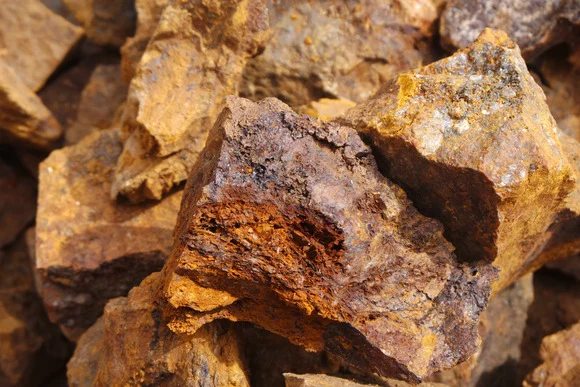
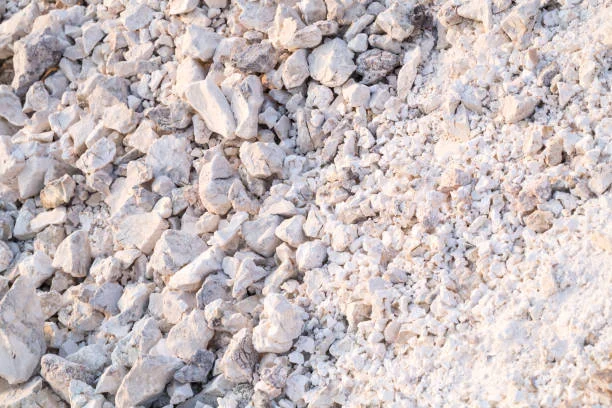

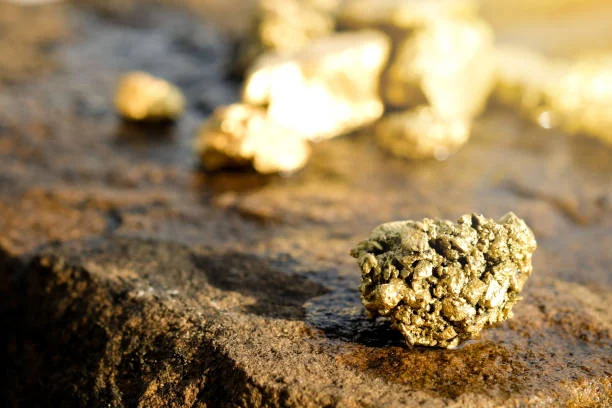



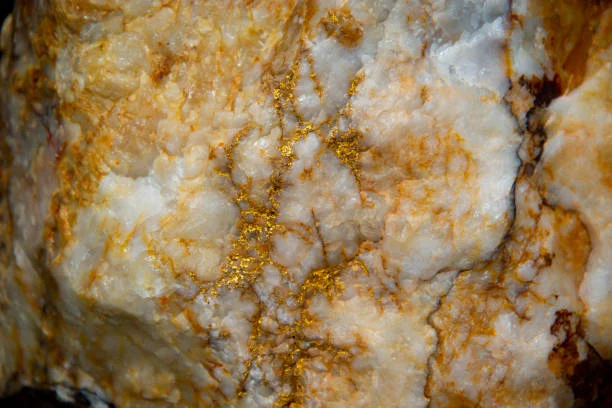



Leave a message with your needs or comments
Add comment: